
Enabling 3-D perception.
Reimagining LiDAR.
Minimizing costs.
R2300 3-D LiDAR Sensor
LiDAR Sensors—R2300 Series
The R2300 3-D LiDAR sensor is equipped with Pulse Ranging Technology (PRT), which provides reliable and extremely precise measurements with high accuracy and short response times. PRT continuously measures a target’s distance by emitting short yet powerful pulses of light and calculating the time interval between sending and receiving a pulse. Mechanical separation between the emitting and receiving areas means exceptionally high pollution tolerance.
Two variants are available for a wide range of applications: The multilayer scanner combines four scanning planes in a single device, ensuring high reliability and cost-effectiveness for 3-D measurements. The single-layer scanner achieves a particularly high scan rate of 100 Hz by scanning on one plane—ideal for object detection in high-speed applications.

Benefits

Precision and Flexibility in Your Application

Easy Installation and Commissioning

Compact and Rugged Housing
The Benefits at a Glance
This teaser video gives a short introduction of the 3-D LiDAR sensor, with the most important benefits and features such as the rotating mirror cube and the mechanical concept.
Object Perception in 3-D Space
Discover the four scanning layers of the multilayer scanner and the simplified installation with the switchable and visible pilot laser. Two application examples explain the benefits of the sensor in the application: mounted on an automated guided vehicle for collision avoidance and for rear zone monitoring.
The R2300—Explained at the Exhibition Booth
Thorsten Schroeder, Product Manager at Pepperl+Fuchs, introduces the R2300 LiDAR sensor, which can be used to solve a wide range of applications in a cost-effective way.
Use Cases
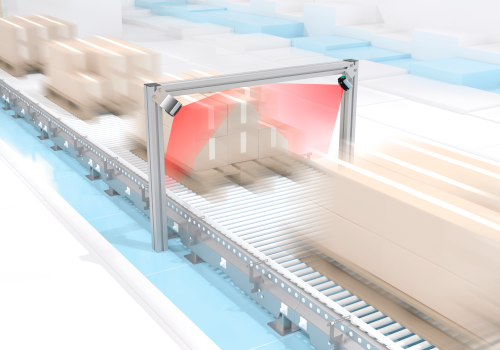
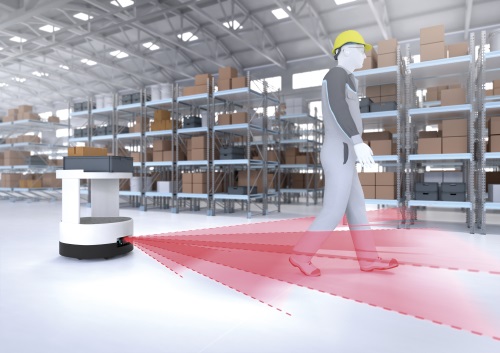
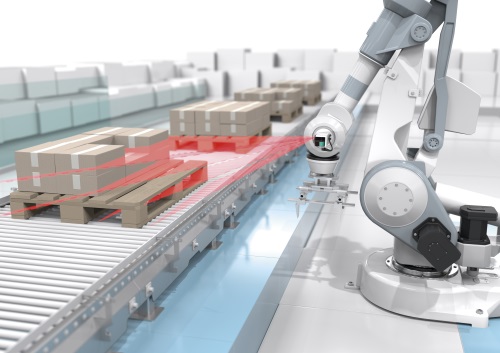
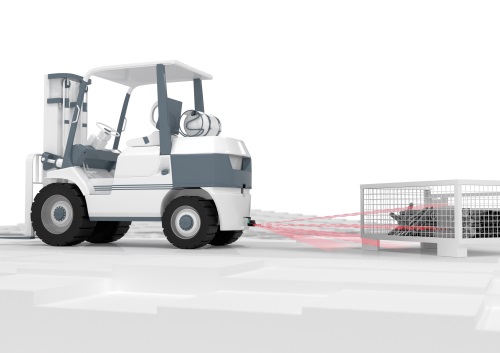
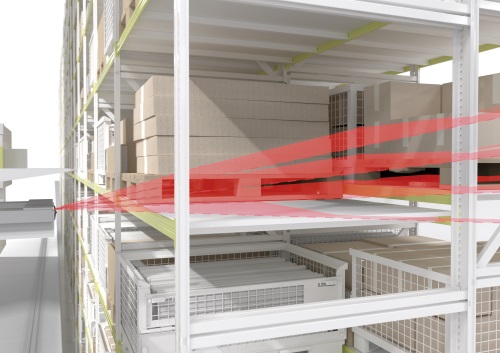
Contact Us
Do you have questions about the R2300 LiDAR sensors? Do you want to receive more information?
We are happy to help! Simply fill out the contact form to send us a message.


 More Information
More Information

 +65 6779 9091
+65 6779 9091